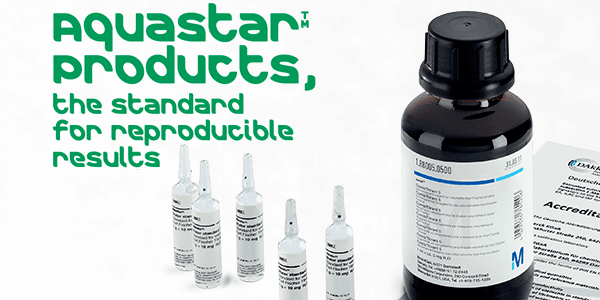Buying a new piece of laboratory equipment is always a big decision. Many thousands of dollars are often being invested based on relatively little information. We know this can be a difficult decision with a lot riding on it so we’ve put together a list of things to consider when buying an advanced GPC/SEC system. The final decision should depend on your own priorities but this should provide a starting point for the buying process.






